Going to try to resurrect some tech as it’s relevance has come up again. Lots has changed since I started doing this 7 years ago. I’ve stopped trying to help people build boxes through text and email. My brother and I can build boxes all day and not have problems. Most everyone I’ve tried to talk through the process don’t get one thing or another right and their system doesn’t. I’ve been building boxes for other people instead and we’ve got quite a few competitors running our stuff successfully now. I’m editing this heavily as I go as some old part numbers are irrelevant, previous arguments are irrelevant, people involved have changed their minds etc. Bear with me as I go because this could take a while.
The class we race in requires a mechanical connection between the steering wheel and the wheels, no full hydro. Our very first desert race ever was the 2012 KOH Every Man Challenge. While in 3rd place in that race the Scrambler broke its first of about 15 steering boxes with hydro assist that lead me to the end of the earth and back on all things steering. I have been working on a solution to regular hydro assist for about 4 years. We were at the Ultra4 Reno National Finals last year and broke another box on the front row in our prelim destroying our chance at a podium. Later a friend of ours Clay Gilstrap ran one of the fastest qualifying laps in 4400. Where he hit a rock so hard as to explode a tire, the tire balls, and a forged Method wheel. Without damaging any of the rest of the car. His is a Tribe4x4 built IFS rig with a Howe trophy truck rack. It occurred to me that the IFS rack is literally just a different configuration of ram assist. I began by reading the whole go-fast steering thread and anything ram assist related I can find. After talking to all the big steering manufacturers I decided to abandon traditional ram assist for our race car. There are people racing and doing well racing with regular old ram assist but for us it had to go. I wanted to figure out how to get the power of full hydro while staying class legal with a real mechanical connection. The willy’s race truck had been built around the steering in the first place so we kept our box and just modified it.
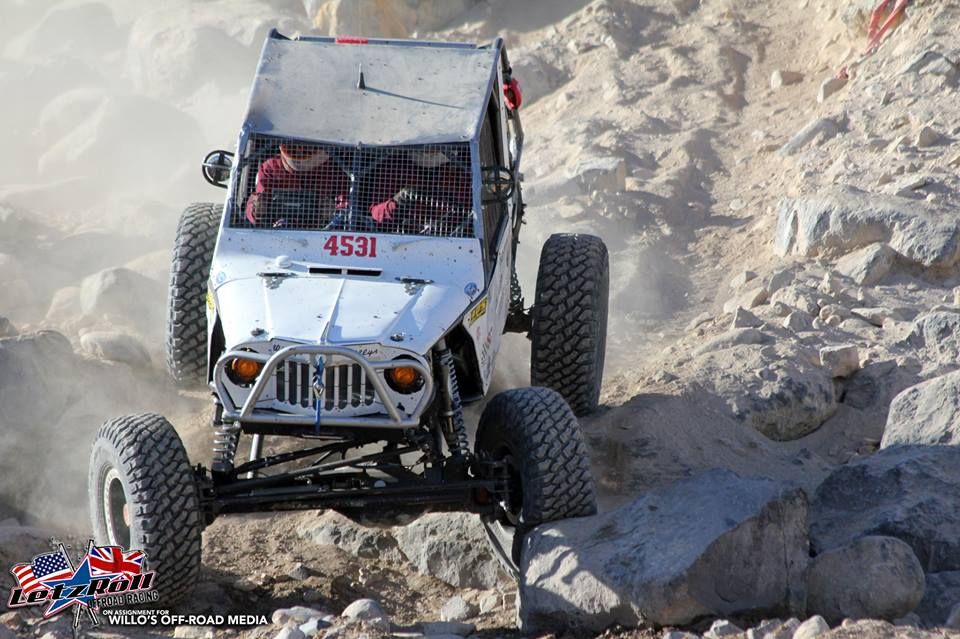
A power steering box is a small ram assisted rack & Pinion unit all by itself. The rack doubles as a ram shaft as well, the pinion being the sector shaft, the box having its own steering servo on the input side of the box. There is a tiny little port that runs the length of the bottom of the box from the front of the piston to the servo. For the piston to move forward all the fluid in that cavity has to return to the servo through about an 1/8th inch hole several inches long. This hole cannot be adequately opened up where other ports in the box can be. In an event where the vehicle plows into an immovable object at speed the wheels trying to move the internals of the of the box faster than fluid can evacuate the small port leads to a momentary hydrolock event and leads to the sector shaft twisting off, or breaking the teeth off the sector shaft.
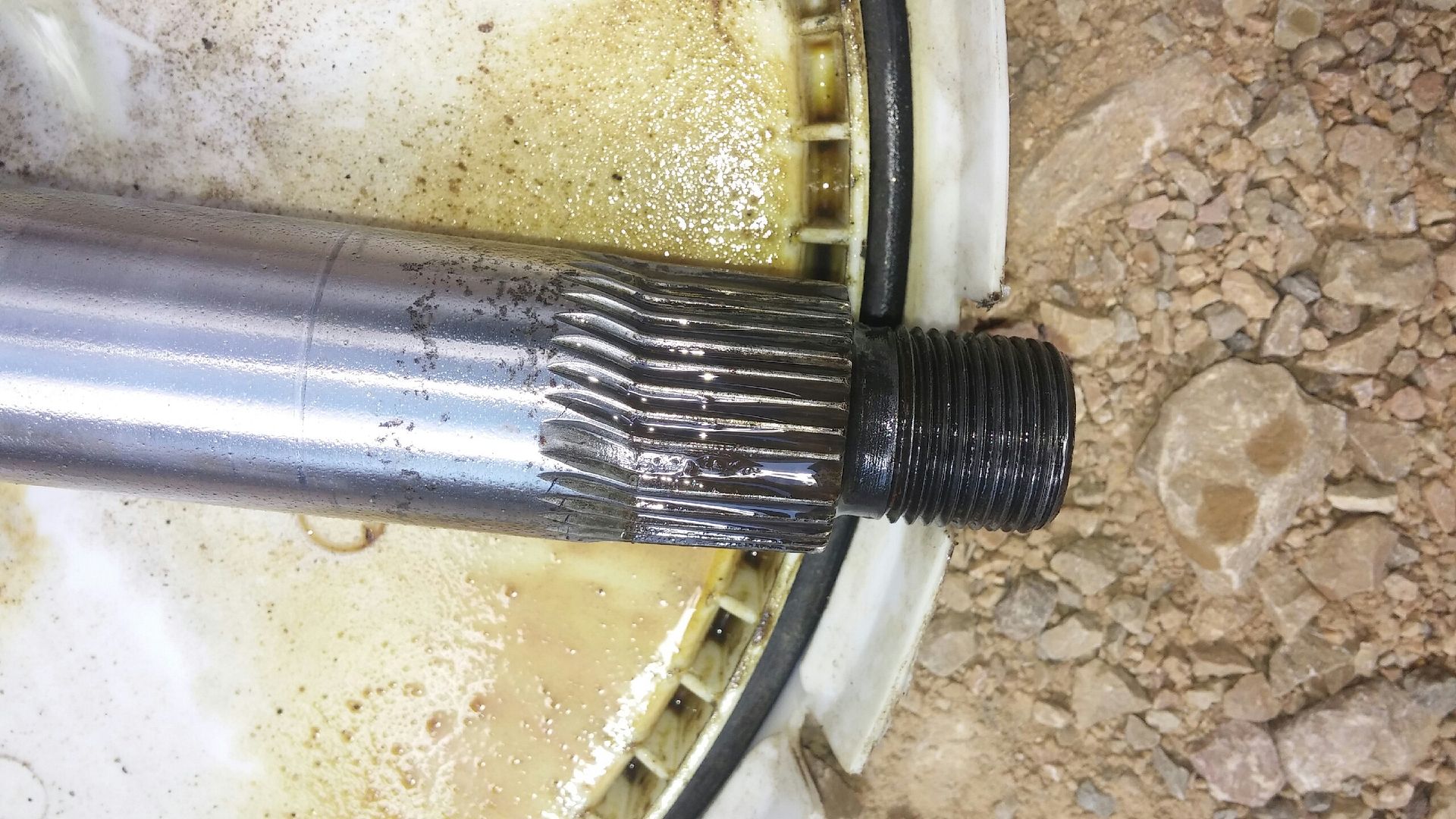
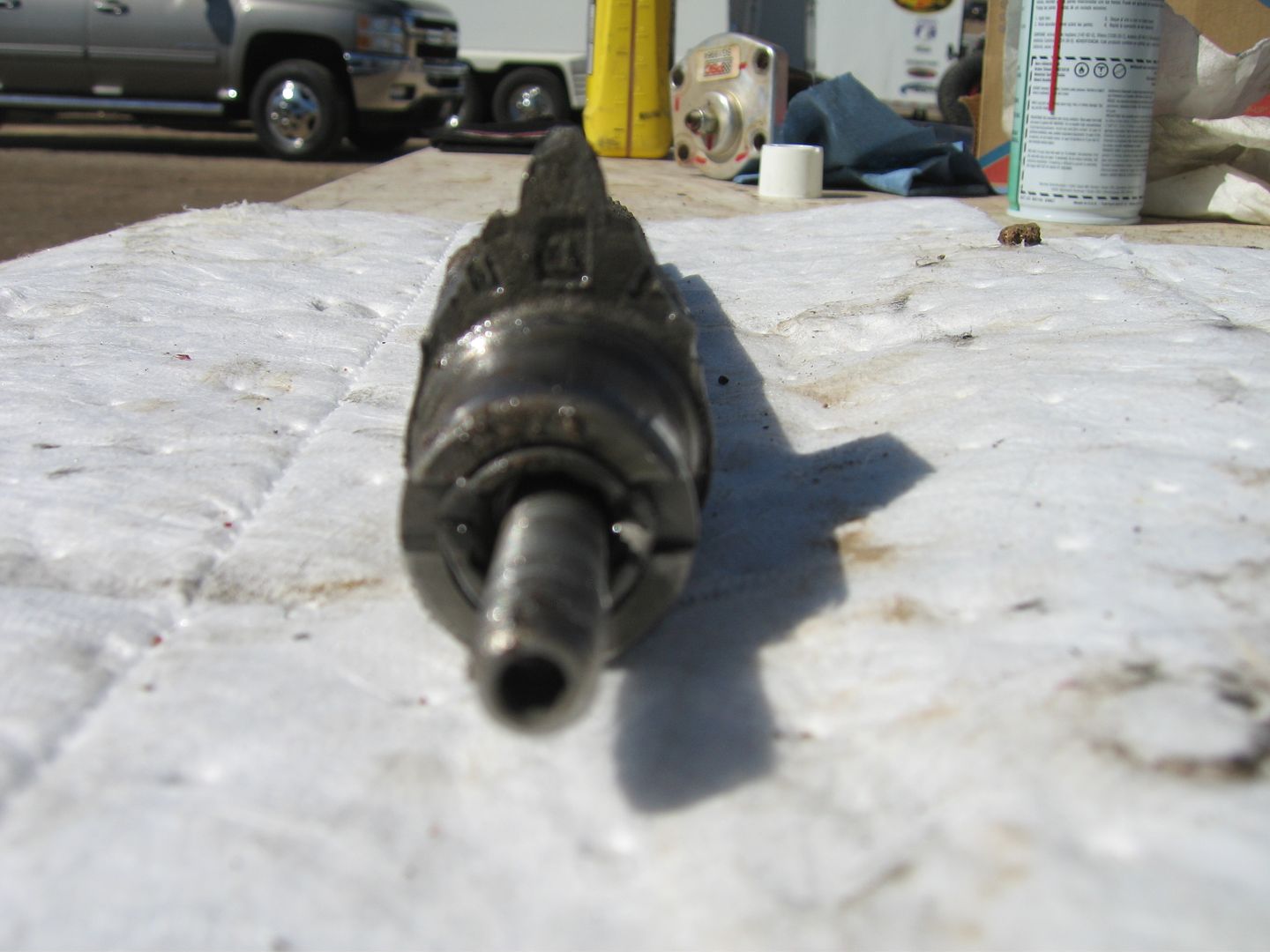
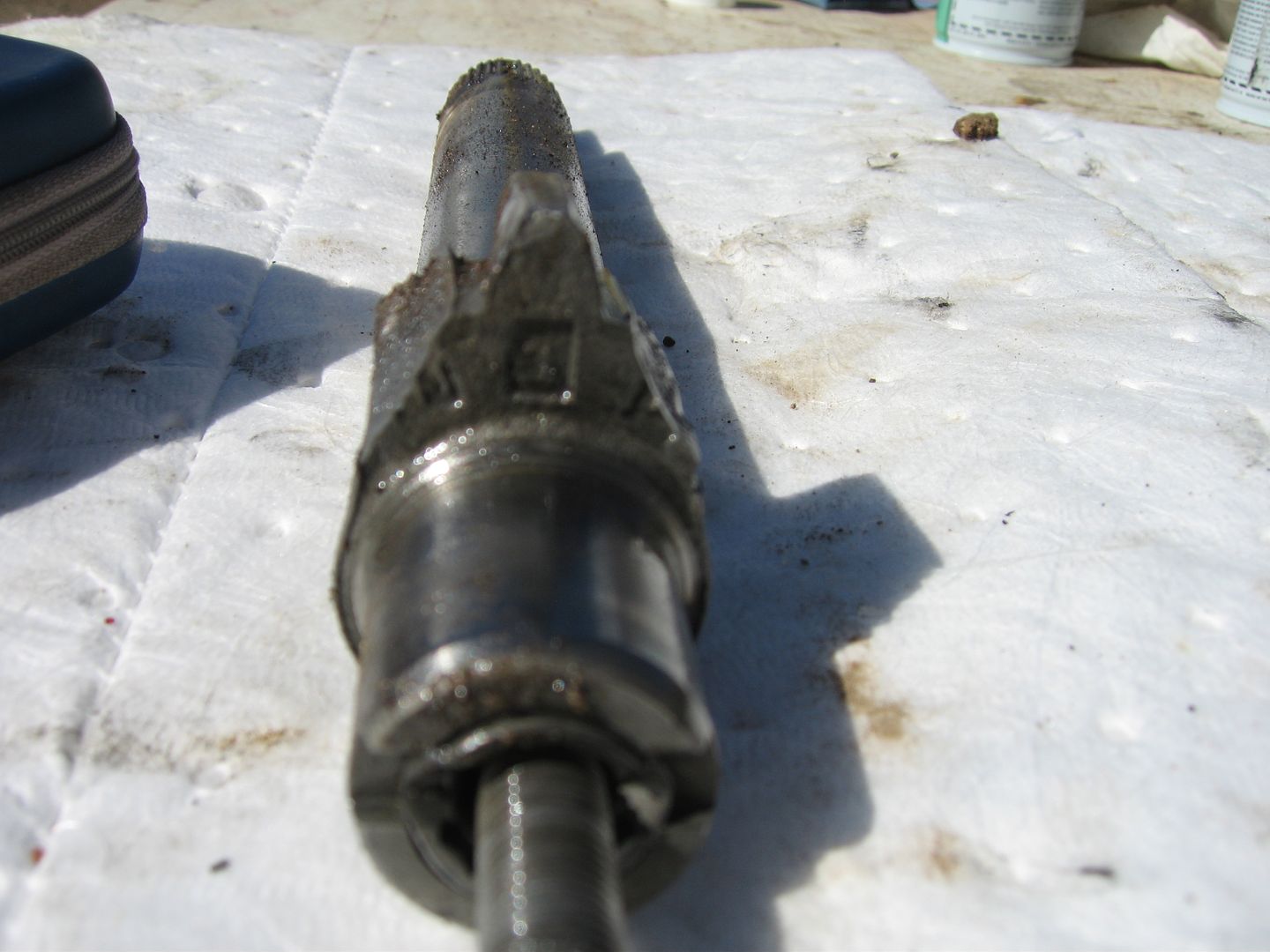
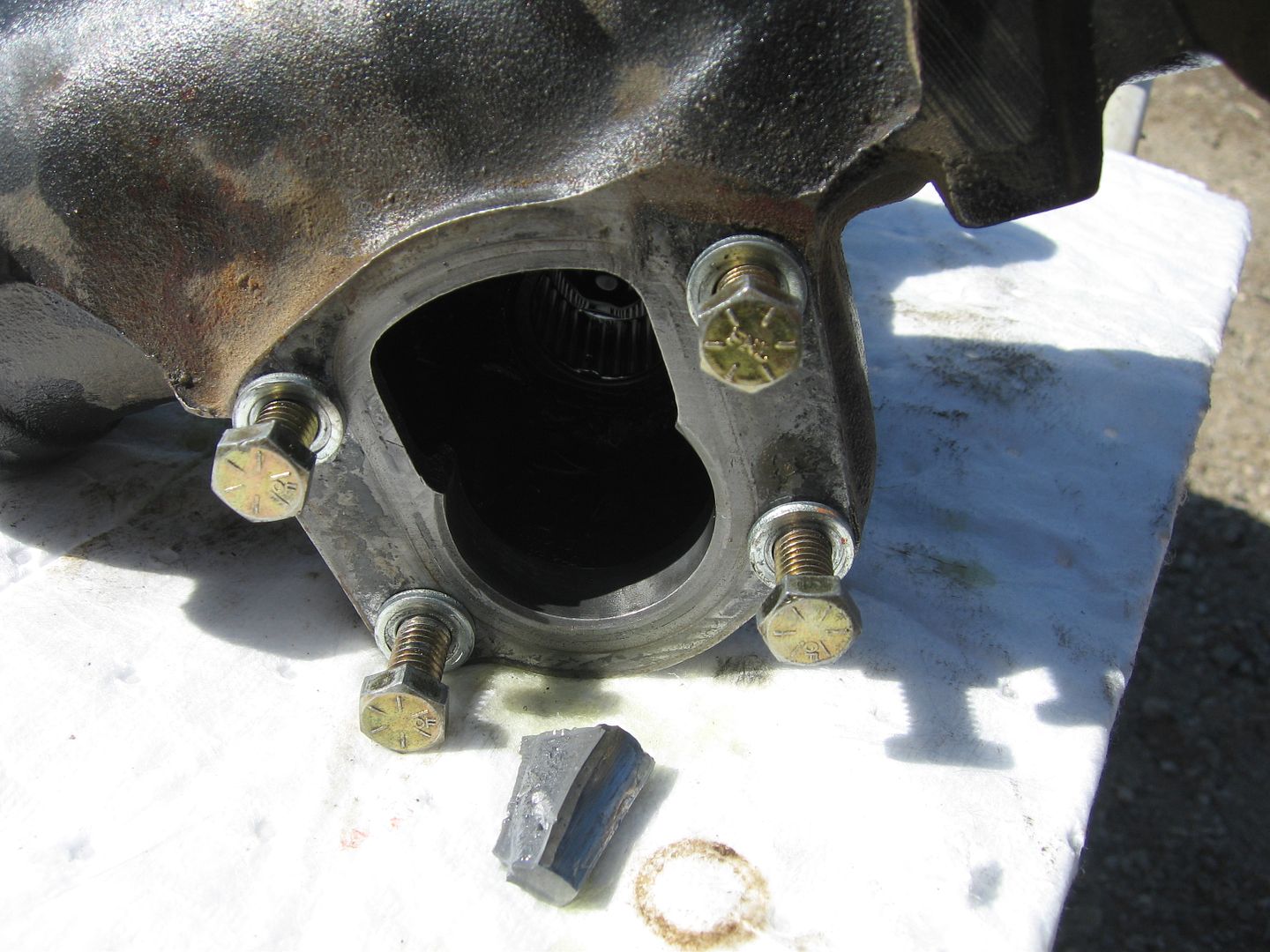

These 3 part numbers are all the right size for perfectly smooth 2 1/2 turn lock to lock steering. I use PSC for the pump but Howe sells an equivalent one, we have ran both. But the modified PSC pump in this application is $200 plus the pulley and works fantastic. With this pump and servo the Howe ram requires more fluid displacement while creating the same pounds of steering force on the steering knuckles. Howe's 2 1/2 inch rams have smaller shafts which means more fluid displacement. This is the servo that Howe uses on the trophy truck rack. A friend of ours bought a stock servo straight from sweet to run in conjunction with a cable setup similar to the poison spider 4500 rig from the first EMC, and it doesn't work right. So even though its 200 more dollars from Howe than from sweet it really does matter. This is what we won the national points championship with and I insist it’s amazing. You will have to figure out the pulley size you need for yourself. We run a ford engine and our crank pulley is about half the diameter of an LS crank pulley.
Pump part number SKU #: PSC-SP1200X-8-12
TC series Extreme Duty PS Pump-SP1200X : Pump Systems and Components, Universal Pumps | PSC Motorsports - performance steering components
Ram part number SKU #: SCX2212K1
XR Series 2.5" Double Ended Race Cylinder | PSCMotorsports.com performance steering components, power steering
Servo part number P# - 725 with a 200# torsion spring
Control Valves | Parts Categories | Howe
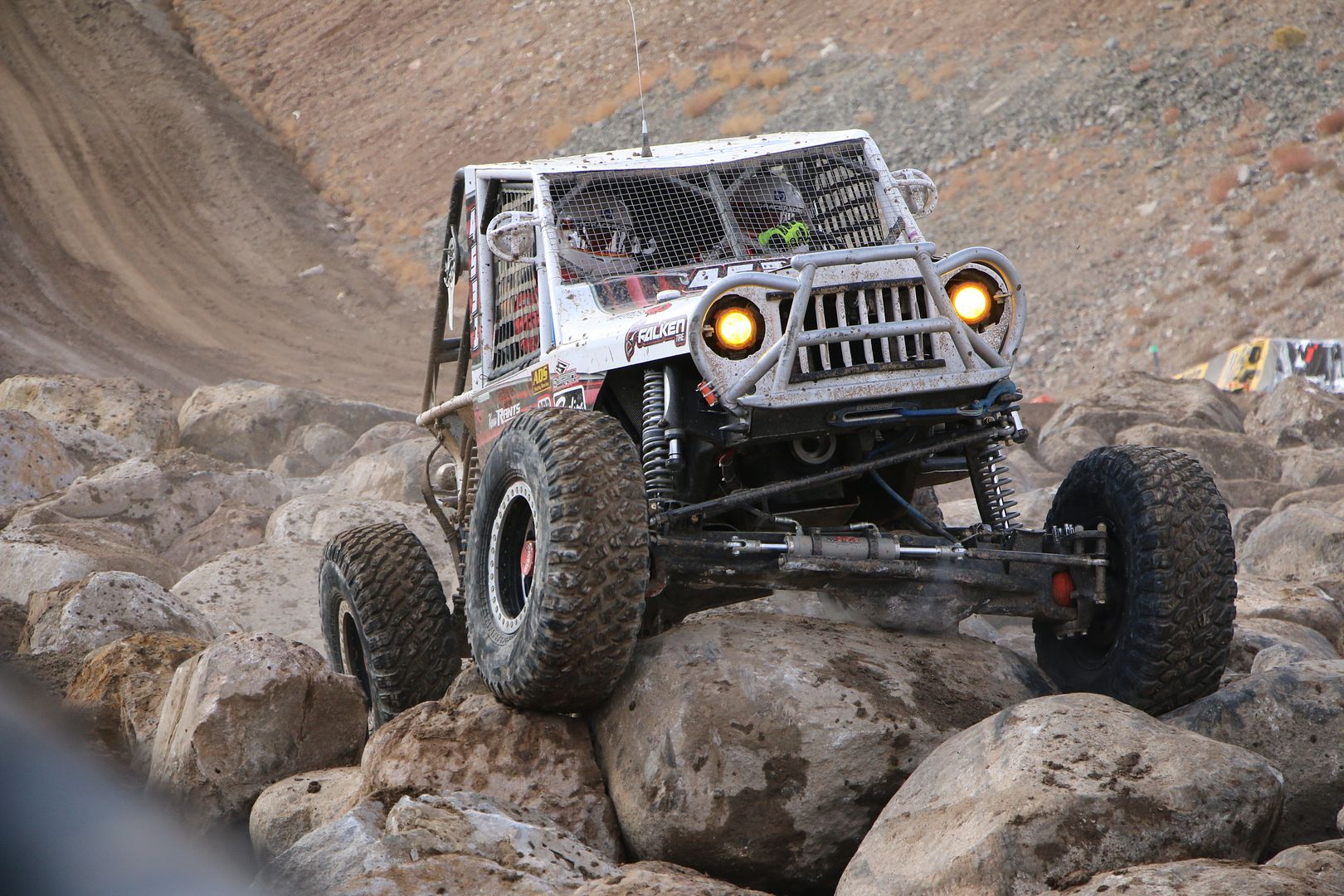
The class we race in requires a mechanical connection between the steering wheel and the wheels, no full hydro. Our very first desert race ever was the 2012 KOH Every Man Challenge. While in 3rd place in that race the Scrambler broke its first of about 15 steering boxes with hydro assist that lead me to the end of the earth and back on all things steering. I have been working on a solution to regular hydro assist for about 4 years. We were at the Ultra4 Reno National Finals last year and broke another box on the front row in our prelim destroying our chance at a podium. Later a friend of ours Clay Gilstrap ran one of the fastest qualifying laps in 4400. Where he hit a rock so hard as to explode a tire, the tire balls, and a forged Method wheel. Without damaging any of the rest of the car. His is a Tribe4x4 built IFS rig with a Howe trophy truck rack. It occurred to me that the IFS rack is literally just a different configuration of ram assist. I began by reading the whole go-fast steering thread and anything ram assist related I can find. After talking to all the big steering manufacturers I decided to abandon traditional ram assist for our race car. There are people racing and doing well racing with regular old ram assist but for us it had to go. I wanted to figure out how to get the power of full hydro while staying class legal with a real mechanical connection. The willy’s race truck had been built around the steering in the first place so we kept our box and just modified it.

A power steering box is a small ram assisted rack & Pinion unit all by itself. The rack doubles as a ram shaft as well, the pinion being the sector shaft, the box having its own steering servo on the input side of the box. There is a tiny little port that runs the length of the bottom of the box from the front of the piston to the servo. For the piston to move forward all the fluid in that cavity has to return to the servo through about an 1/8th inch hole several inches long. This hole cannot be adequately opened up where other ports in the box can be. In an event where the vehicle plows into an immovable object at speed the wheels trying to move the internals of the of the box faster than fluid can evacuate the small port leads to a momentary hydrolock event and leads to the sector shaft twisting off, or breaking the teeth off the sector shaft.





These 3 part numbers are all the right size for perfectly smooth 2 1/2 turn lock to lock steering. I use PSC for the pump but Howe sells an equivalent one, we have ran both. But the modified PSC pump in this application is $200 plus the pulley and works fantastic. With this pump and servo the Howe ram requires more fluid displacement while creating the same pounds of steering force on the steering knuckles. Howe's 2 1/2 inch rams have smaller shafts which means more fluid displacement. This is the servo that Howe uses on the trophy truck rack. A friend of ours bought a stock servo straight from sweet to run in conjunction with a cable setup similar to the poison spider 4500 rig from the first EMC, and it doesn't work right. So even though its 200 more dollars from Howe than from sweet it really does matter. This is what we won the national points championship with and I insist it’s amazing. You will have to figure out the pulley size you need for yourself. We run a ford engine and our crank pulley is about half the diameter of an LS crank pulley.
Pump part number SKU #: PSC-SP1200X-8-12
TC series Extreme Duty PS Pump-SP1200X : Pump Systems and Components, Universal Pumps | PSC Motorsports - performance steering components
Ram part number SKU #: SCX2212K1
XR Series 2.5" Double Ended Race Cylinder | PSCMotorsports.com performance steering components, power steering
Servo part number P# - 725 with a 200# torsion spring
Control Valves | Parts Categories | Howe



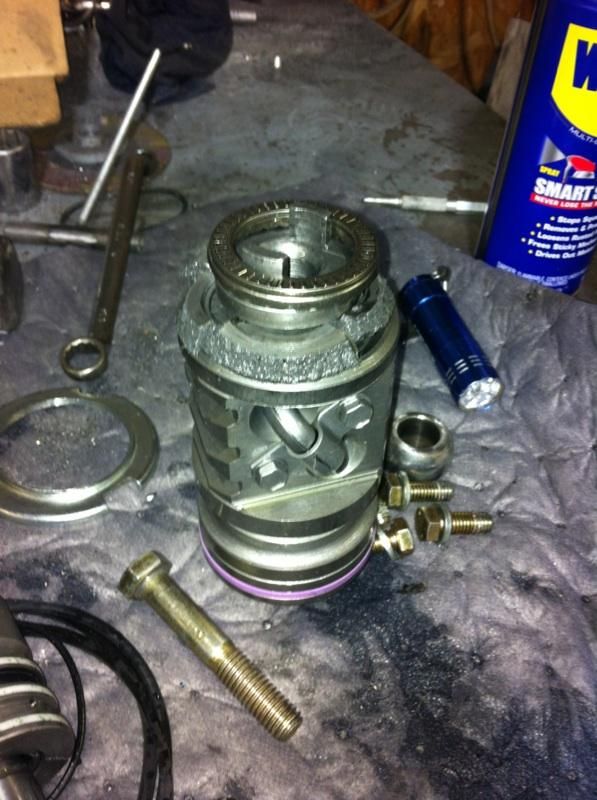



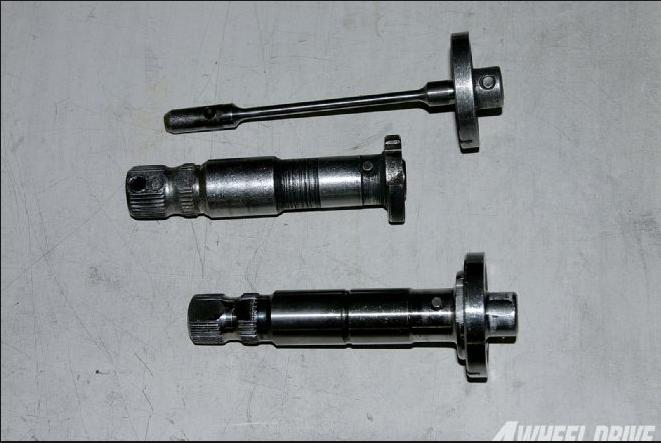







 I was following this over on the other board.
I was following this over on the other board.